Introduction to Nick
Nick has been kayaking for over 40 years. He started designing and building high performance wooden sea kayaks over 30 years ago specifically to enjoy the waters and coastline of Frenchman Bay and Schoodic. Nick brings a rich knowledge of how kayaks work and how they interact with the natural environment.
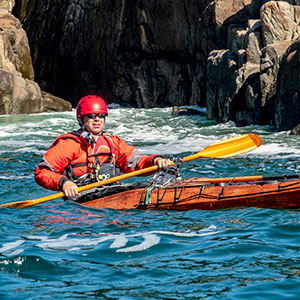
Through his company Guillemot Kayaks, Nick has spread his passion for kayaking and making kayaks to thousands of boat builders worldwide. While beautiful, these kayaks are built to use. Over the years, he has found that he can make wooden kayaks that are lighter and stronger than standard production composite boats.
Nick will bring a selection of his high performance wooden kayaks for the weekend for people to test and abuse. This is a great opportunity to experience how a high performance wooden kayak handles in the exact environment they were designed for.
Nick is a largely self-taught kayaker who has been bringing paddlers of all levels out onto the water for decades. He has written articles on sea kayaking techniques for the late great Sea Kayaker Magazine. He is a registered Maine Guide because thats needed for this kind of thing, but he is doing this for the love of kayaking.
The Risk of Sea Kayaking by Nick Schade
I consider myself a cautious paddler, yet I have been “boarded” by the Coast Guard 3 times in the past year. “Boarding” is what the Coast Guard calls it when they stop you on the water for a safety check. There are no grappling hooks involved and the number of passengers on my kayak do not change. Instead they just stop you and ask a few questions, trying to ascertain if you are prepared for going out on the water.
In each case it was during the winter, the weather was cold, the water was cold, almost nobody else was on the water, and in one case the water was sufficiently rough that I had to tell the crewman that I could not comply with his requests as it would put me in danger. In other words, it was not unreasonable for the Coast Guard to be concerned about my safety, even if sometimes I know more about what is safe than the crewman.
I routinely go kayaking in the winter to play in high winds, strong currents and large waves, i.e. days when most sane people would not consider getting in a kayak. Yet, I still feel I am a cautious paddler. But it is easy to become complacent in my ability to do the things I love to do. Catching a wave and surfing in a tide race is fun, but it is not without risk. Much of the fun is tied tightly to that risk. Causing a narrow boat to ride the energy of rough water is enhanced by the fact that it takes skill and experience to make it happen.
Gaining that skill and experience can only be accomplished by pushing my limits, and finding those limits requires exposing myself to risks. The hope is I can contain the risks in such a way that I stay reasonably safe while still finding and learning new skills. I try to be cautious by keeping in mind the old investing saying: “Past performance is no guarantee of future results.” I.e. don’t be complacent.
See the rest of Nick’s article on the link below. This is a topic we all paddlers have struggled with.
https://www.guillemot-kayaks.com/risk-sea-kayaking?fbclid=IwAR0TgOabgDWgHgBrYr-KYvULSyIf_-KPrKznmsrlo1k2ujgcZ79u9hbVb5Q
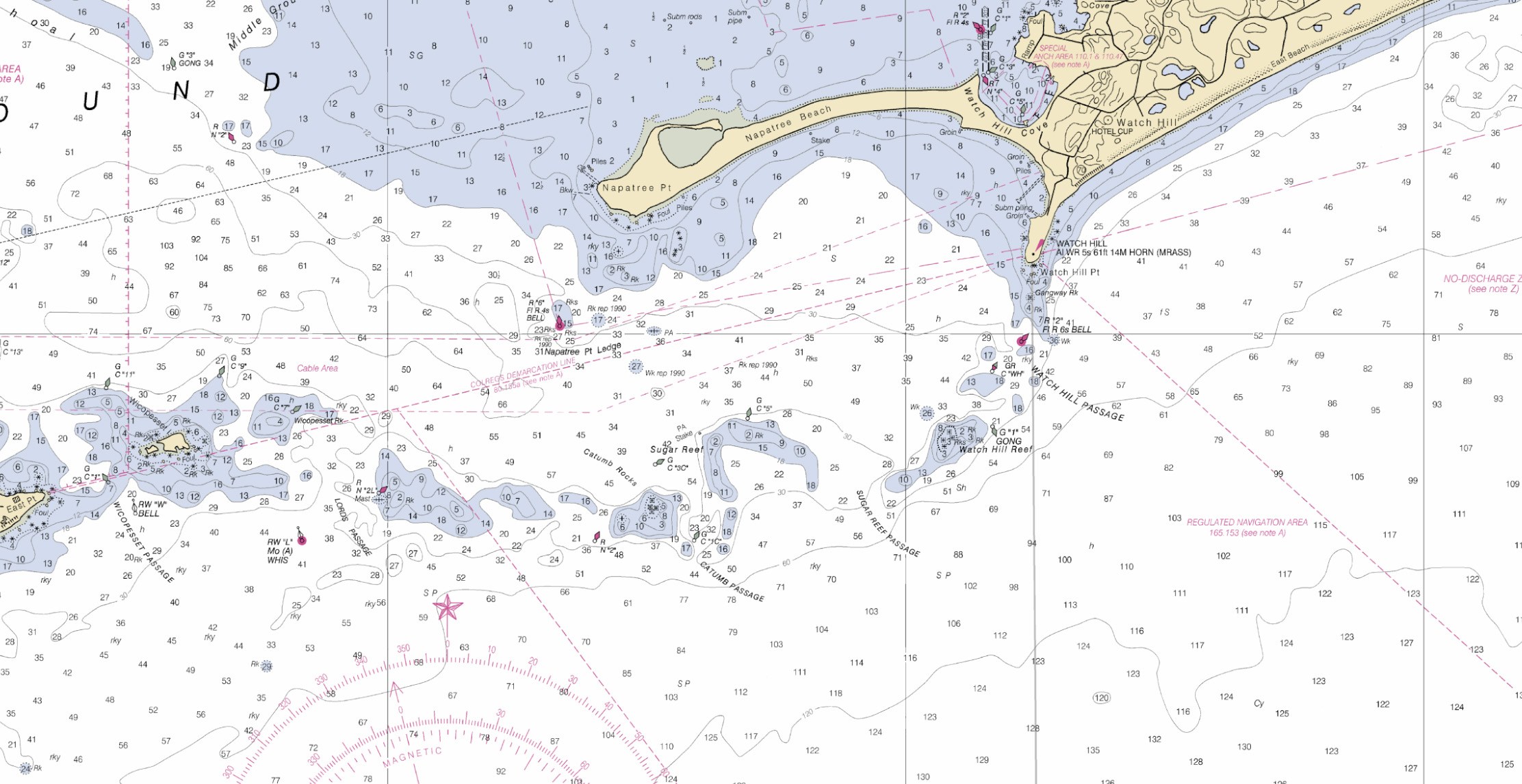
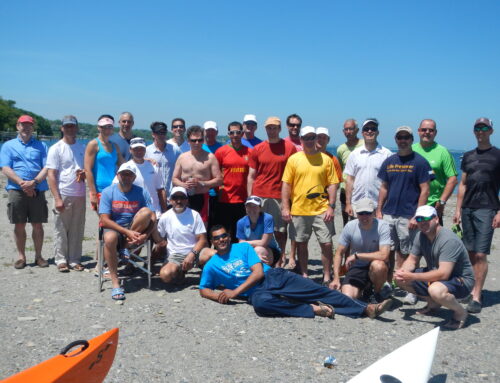
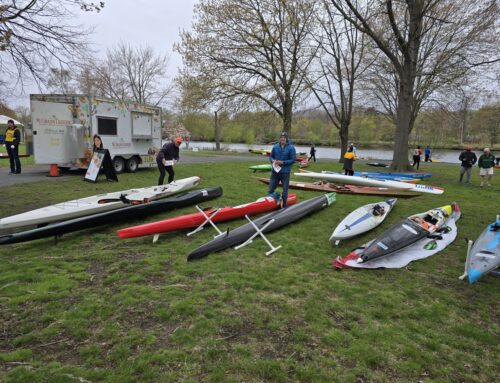
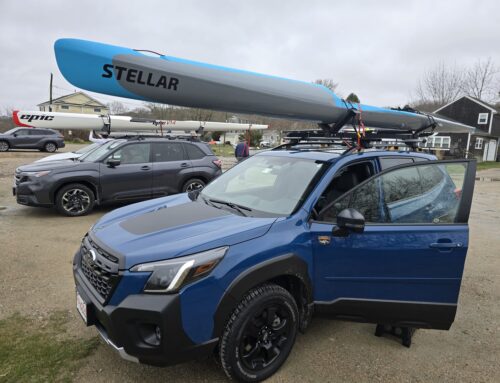
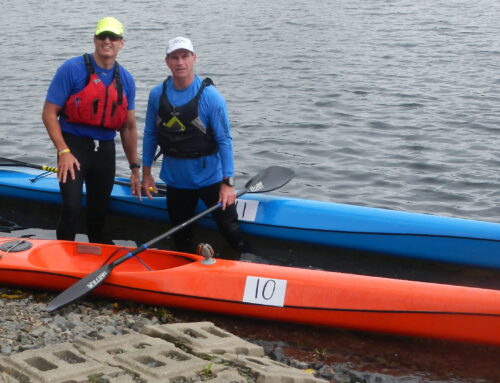
Leave A Comment
You must be logged in to post a comment.